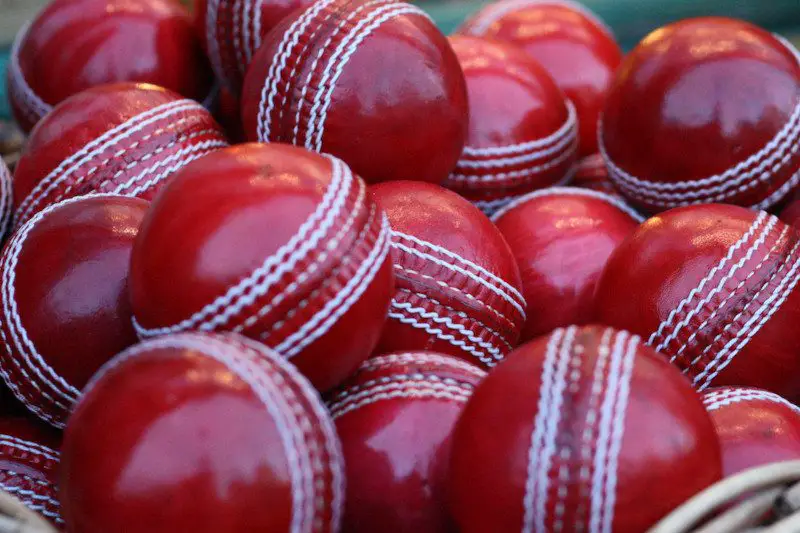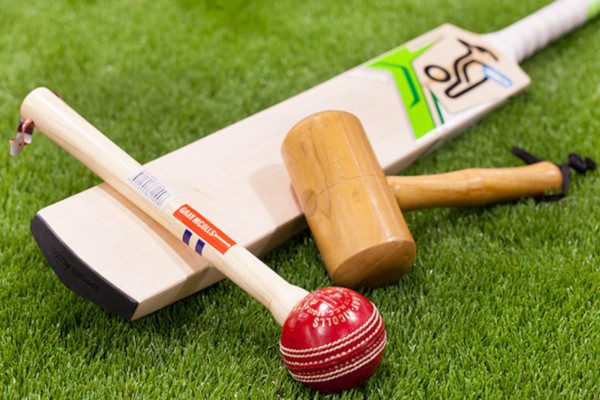Table of Contents
With cricket bats costing up to several hundred pounds for top of the range products, choosing the right one is essential. Along with the question of budget, there are other elements to consider including the weight and the overall length.
It’s a very personal decision and it’s important for the buyer to have as much information to hand as possible before making a final decision.
Cricket Bat Size Guide
For junior players under 15, height is a more important issue. At this stage they are still growing and the length of the bat needs careful consideration. Tall players using short junior bats, and vice versa, will find the equipment uncomfortable and this can affect their technique.
In contrast, in adulthood, the body has stopped growing and, by this stage, batsmen should know their game. Player height carries less relevance and the bat’s weight, together with pick up and balance, are more important factors.
Factors to take into account here might include the player height and their style of play. A smaller player would generally be looking for a bat with a short handle while those with taller stature would be happier with a long handle bat which comes close to the maximum dimensions.
Cricket Bat Size Chart
| Bat Size | Batsman Age | Batsman Height | Bat Length | Bat Width | Bat Weight |
| Junior 1 | 4-5 years | below 4ft 3″ | 25 1/4″ | 3 1/2″ | 1lb 11oz – 1lb 13oz |
| Junior 2 | 6-7 years | 4ft – 4ft 6″ | 27 1/2″ | 3 1/2″ | 1lb 12oz – 1lb 15oz |
| Junior 3 | 8-9 years | 4ft 6″ – 4ft 9″ | 28 1/2″ | 3 3/4″ | 1lb 13oz – 2lb 1oz |
| Junior 4 | 9-11 years | 4ft 9″ – 5ft | 29 3/4″ | 3 3/4″ | 2lb 1oz – 2lb 3oz |
| Junior 5 | 10-12 years | 5ft – 5ft 3″ | 30 3/4″ | 4″ | 2lb 2oz – 2lb 4oz |
| Junior 6 | 11-13 years | 5ft 2″ – 5ft 5″ | 31 3/4″ | 4″ | 2lb 3oz – 2lb 5oz |
| Harrow | 12-15 years | 5ft 5″ – 5ft 8″ | 32 3/4″ | 4 1/6″ | 2lb 5oz – 2lb 7oz |
| Light Short Handle | 15+ and Adults | 5ft 7″ – 6ft 2″ | 33 1/2″ | 4 1/4″ (max) | 2 lb 5oz – 2lb 9oz |
| Medium Short Handle | 15+ and Adults | 5ft 9″ – 6ft 2″ | 33 1/2″ | 4 1/4″ (max) | 2lb 8oz – 3lb |
| Heavy Short Handle | 15+ and Adults | 5ft 9″ – 6ft 2″ | 33 1/2″ | 4 /14″ (max) | 2lb 12oz – 3lb 4oz |
| Long Handle | Adults | 6ft 2″ and above | 34 3/8″ | 4 1/4″ (max) | above 3lb |
Cricket has a specific rule relating to the dimensions of a cricket bat. Under law 57, the overall length should not exceed 38 inches (96.52 centimeters). In addition, the maximum width is set at 4.25 inches (10.8 centimeters) and the depth must not exceed 2.64 inches (6.7 centimeters).
This is the law by which all cricket, professional and amateur, should be played and it should not be possible to even purchase a bat that exceeds those limits. However, the exact ideal length will differ depending on the individual batsman.
The height of the batsman can be a deciding factor as they need to be comfortable at the crease. A bat of unsuitable length can affect performance and potentially would also lead to physical discomfort.
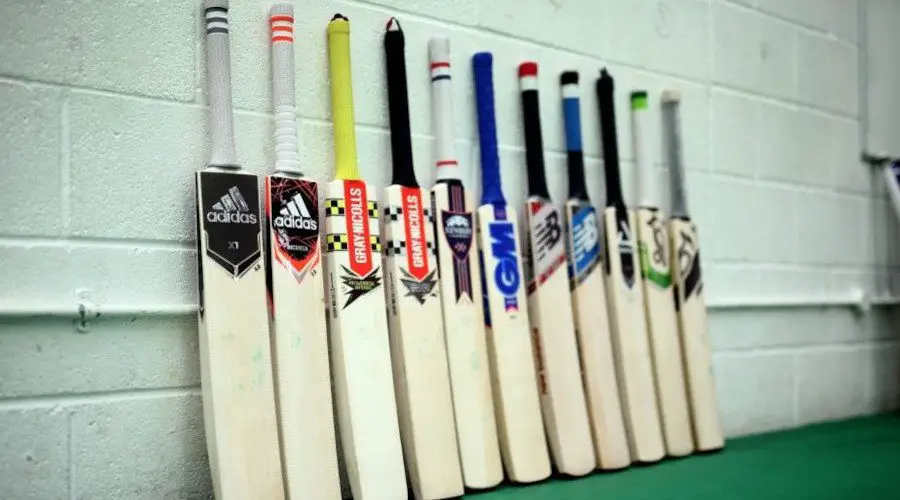
In terms of style of play, a batsman who relies more on their bottom hand may elect to use a short handled bat. This would allow them to apply more power through the shot. Batters with more of a top hand grip would conversely look for a longer piece of equipment.
The ideal length will, therefore, depend entirely on the requirements of the individual player.
Cricket Bat Weight and Material
The cricket bat blade is traditionally made from willow wood (either English or Kashmir willow) and this process has remained unchanged for centuries. While other materials may have been tested, willow is the one wood that has the enduring qualities to withstand the task of hitting a cricket ball year in, year out.
Willow is durable but it is treated with oils before it is ready for use. In years past, players would buy a bat and apply linseed oil themselves but in the modern day bats will tend to arrive pre-treated. This is not a definite point, however, so do check on treatments when purchasing.
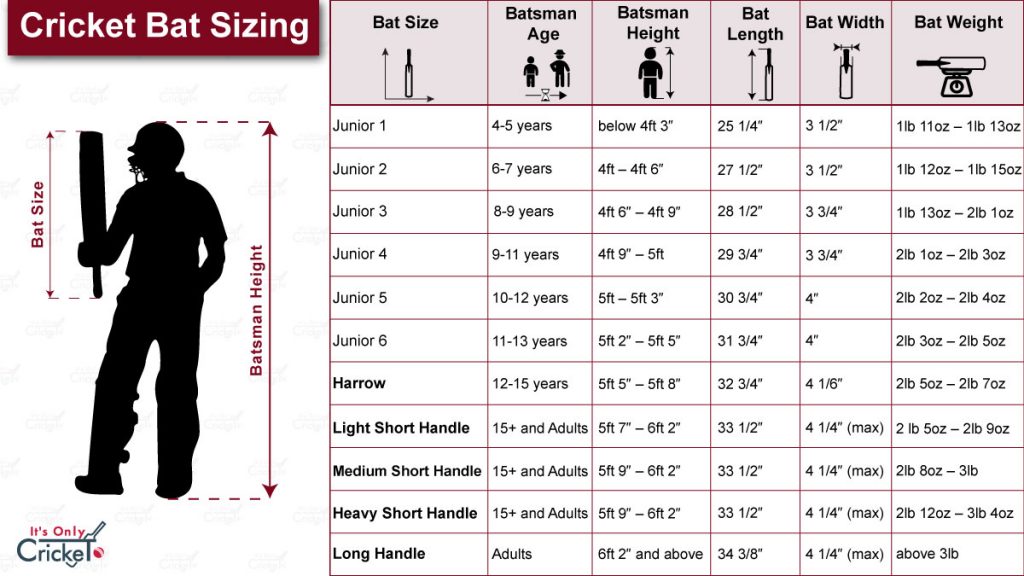
The best type of willow for making cricket bats is Alba Var or Salix Caerulea. Some bat manufacturers will even have their own sustainable willow plantations in order to ensure a steady supply of equipment for years to come.
Length of the bat is important as we have seen but so is the weight. There isn’t a specific law relating to the weight of bats but, in general, they will usually come in at between 2lb six ounces and 3lb. That may not seem like a huge difference but players can feel those relative weights when they pick up a range of bats.
Once again, preference in relation to the weight of a cricket bat will come down to the individual player. Strength is clearly going to be important and only the bulkier players will be happy with bats at that 3lb point. However, it’s not definite that a stronger batsman should buy a heavier bat. Once again, style of play will have the final say in this respect.
Power hitters should, in general, look for more weight while those stroke players with a lighter touch would look towards the lower end of those weight scales. However, we can safely agree on that if not in the right hands, heavier bats could hinder correct stroke play and the more precision-focused techniques. It’s good to know that Kashmir willow bats are considered generally heavier compared to English willow bats of the same size.
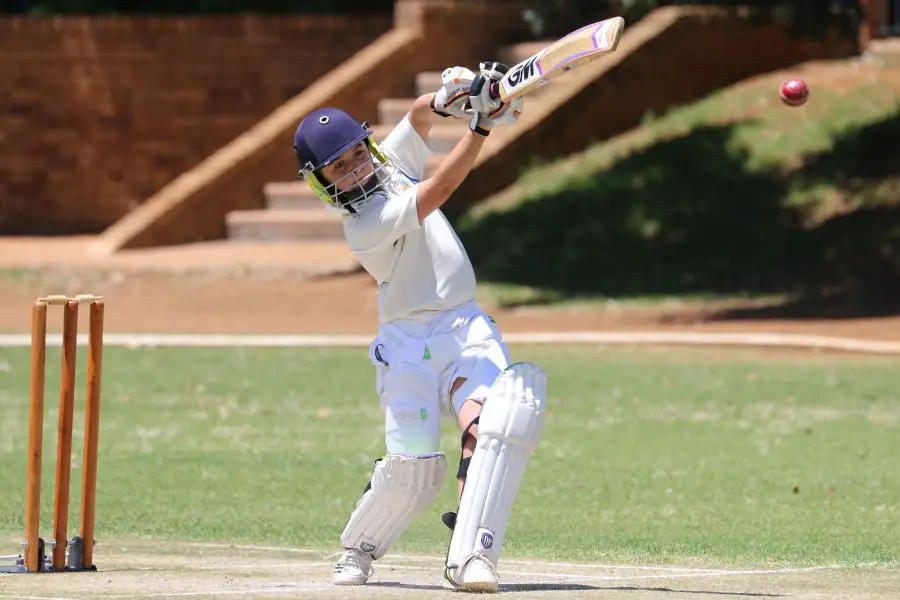
Another important point to consider is the ‘sweet spot’. This is defined as the point on the bat which makes the most effective contact with the ball. Players will instinctively know when they’ve hit the ball in the sweet spot as the ball is timed better and travels further.
Bats can be designed with the sweet spot in different positions and the perfect place will, yet again, depend on your style of play. This time, we’re talking about whether the player has a more dominant front foot or back foot game.
Front foot play requires the batsman to hit the ball lower on the bat, soon after it bounces. With this in mind, it’s desirable to have the sweet spot located in a mid to low position on the bat. In contrast, back foot play addresses the ball in a higher position. For this reason, back foot players should consider bats where the sweet spot is in a mid to high location.
Conclusion
Anyone who is serious about playing cricket, either on a professional or recreational level, should consider all of the above factors before committing to a purchase. Bats can be acquired via mail order but it is important for the individual to understand just what they are looking for. There are hundreds of bats available on the market, but chances are there are only a dozen that will suit your abilities and style of play. Recently I’ve also reviewed a variety of bats with clear recommendations on the type of players.
For younger players just starting out in the game, it is recommended that they try out a few bats before making a significant purchase. As their game develops, they will have a better idea in regards to their own individual preferences.
The general rules that are stated in this bat size guide will have some exceptions. Some tall players may prefer a shorter handled bat while those of a shorter stature may look to purchase a longer bat. It’s really down to personal preference and that comes with experience of playing the game.
The best retailers should outline all the properties relating to their range of bats. Length, width and weight are the obvious starting points but the question of the sweet spot, and whether it is pre-prepared should also be listed. The option to return and buy an alternative should also be available if the bat doesn’t feel comfortable when it arrives. One more important note I like to emphasize is that it’s imperative that before getting out to the field, you fully prepare your cricket bat by knocking-in.
Choose your bat wisely as a correct size bat is your best weapon on the pitch and these key points can help you in terms of making the right choice.

